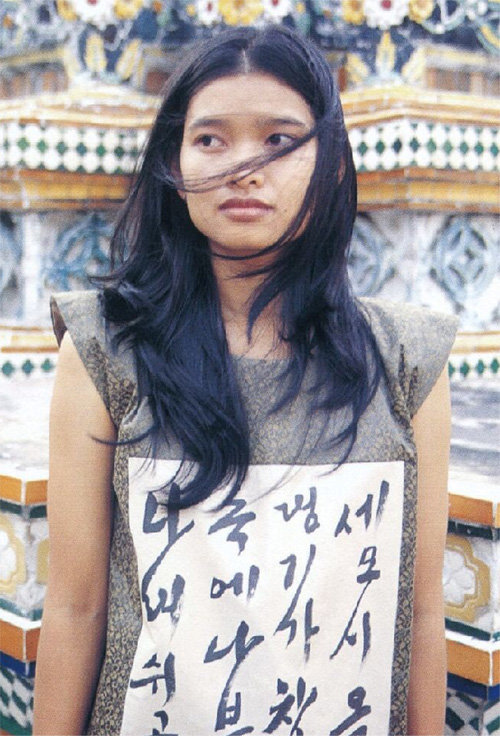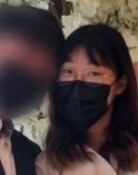Don’t read but put on letters
Don’t read but put on letters
Posted September. 07, 2019 07:42,
Updated September. 07, 2019 07:42

Letters are a human invention that was born out of efforts to overcome the limitations of verbal languages as they do not leave any trace upon being spoken. We can safely say that it was all thanks to letters that a collection of knowledge was recorded and shared to make history.
There are various forms of letters. For example, the Roman alphabet, Chinese characters and the Arabic abjad are widely used across many countries. Meanwhile, the Korean alphabet or Hangul, the Japanese letters and the Thai script are mainly used in a few certain countries. You may stay illiterate if you do not learn letters, no matter how many people use the character system. They only look like mysterious symbols that mean nothing to you.
You may sometimes find unfamiliar and new types of letters interestingly exotic and curiously beautiful. Shamanistic talismans at fortune telling houses look interestingly strange to a young child’s eyes. They scare him off as the scribble-like symbols in red on a talisman remind him of a goblin’s horn.
In that sense, letters happen to create an unexpected form of beauty when they are incorporated into fashion. Since modern fashion designers started to launch their brands and represent their identity, letters have been utilized as graphic drawings. A fashion designer practicing minimalism and restrained design language took advantage of bold and straight types of letters to design a brand logo. Another pursuing classical and elegant style applied a hand-written font to a brand emblem and used it on sign boards and labels in clothes.
However, before one knows it, logos have become an apparent and explicit design element. Previously, the fashion industry used to hide them implicitly as it was considered aesthetically desirable. In the 1990s and the early 2000s when wearing a designer brand item was a way of showing off wealth and social class, letters were identified with a fashion brand’s identity. Letters written on the front and back side of T-shirts heralded the era of fashion with letters. A typically plain T-shirt was transformed into an eye-catching luxury item with a letter-based logo printed on it.
Nowadays, the Korean letters or Hangul are gathering a lot of attention and interest across the globe as Korea’s national standing has gradually risen on the global stage and social media have enabled world-wide communication. Some years ago, a paparazzi photo went viral showing a global pop star wearing a T-shirt with “Honam Hyangwoohoi” written in Korean on it. Of course, the famous pop musician has nothing to do with Gwangju and Mokpo in Jeolla Province - ‘Honam Hyangwoohoi’ means an association of members who were born in the region. She might have chosen the T-shirt with the Korean letters probably because their shapes and colors fascinated her. This summer, a fashion arts exhibition that deals with Hangul as an expression instrument was held at Palazzo Morando, one of the most historical museums in Milano, Italy. With 73 fashion artists from six countries including Korea on the list, the exhibition makes an experimental attempt to practice fashion with letters.
In the ever-growing competition across the global fashion market, letters merged into fashion can serve as a new fashion messenger that represents the spirits of our time or an exit through which popular fashion can erase off dullness. They also bring breath back to the fashion industry, while often boosting sales. Today’s generation may have to give their ancestors credit for devising the letters as it has greatly benefits from the invention.
Headline News
- Med professors announce intention to leave hospitals starting Thursday
- Bridge honoring Sgt. Moon Jae-sik unveiled in Pennsylvania
- Chief of Staff Chung tells presidential secretaries to stay away from politics
- US FTC bans noncompete agreements
- N. Korea launches cyberattacks on S. Korea's defense companies







